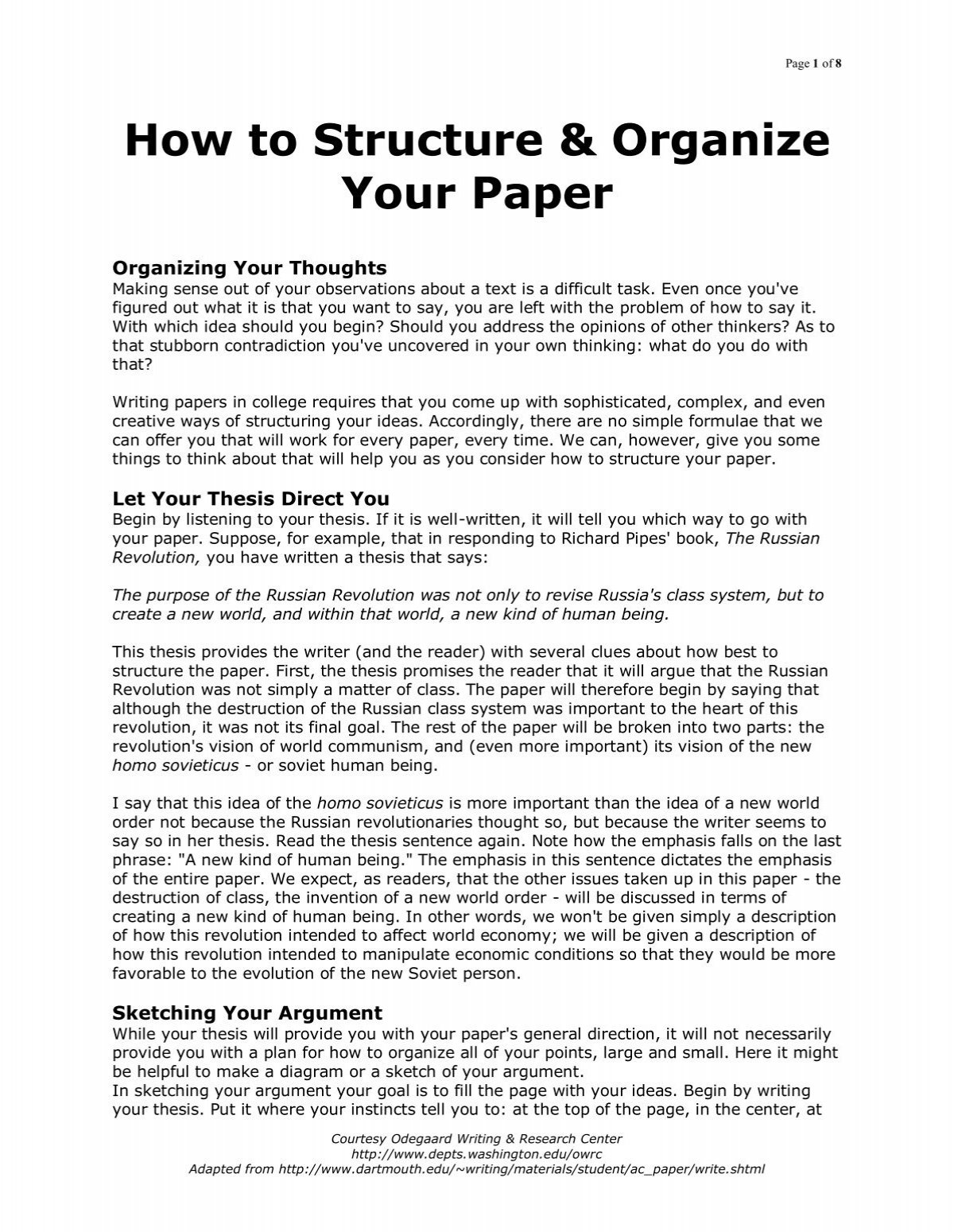5 Proven Tips to Organize Your Home Paperwork

Organizing paperwork can often feel like an overwhelming task, but with the right approach, it can become a manageable and even rewarding part of maintaining your home. Whether you're dealing with bills, important documents, or personal notes, having an organized system not only saves you time but also reduces stress. Here are five proven strategies to help you declutter and organize your home paperwork effectively.
1. Sort and Purge Ruthlessly


Start by sorting through all your paperwork. Here’s how:
- Category Sorting: Divide your papers into categories such as bills, bank statements, insurance documents, medical records, legal documents, and personal items.
- Date: Check each document’s relevance or expiration date. Old receipts or outdated documents can often be discarded.
- Priority: Determine which documents are essential for immediate reference or long-term storage.
💡 Note: Keep tax documents for at least seven years. Shred documents with personal information to avoid identity theft.
2. Use Color-Coded Folders

| Category | Color |
|---|---|
| Financial Documents | Green |
| Legal Documents | Red |
| Medical Records | Blue |
| Personal Papers | Yellow |

Assigning specific colors to different document categories not only makes retrieval easier but also visually organizes your filing system:
- Use vibrant colors for quick identification.
- Ensure every category has its own color for consistency.
3. Implement a Digital Filing System

Reduce physical clutter by digitizing documents:
- Scanner: Invest in a scanner or use your smartphone to convert documents into digital files.
- File Organization: Use cloud storage solutions like Google Drive, Dropbox, or OneDrive for easy access and security.
- Encryption and Backups: Secure your digital files with encryption and ensure backups to prevent data loss.
🔒 Note: Password protect sensitive documents to enhance security.
4. Establish a Routine for Incoming Mail

Create a system for handling new documents:
- Inbox Tray: Place all incoming mail here for sorting.
- Immediate Action: Open mail as soon as you receive it to deal with time-sensitive items.
- Scheduling: Set aside time each week to organize and file new documents.
5. Utilize Vertical Space


Maximize your storage capacity with:
- Filing Cabinets: Opt for vertical rather than horizontal filing systems to use wall space efficiently.
- Shelving: Use hanging files or shelves to store less-used documents or archives.
- Desk Organizers: Keep frequently used documents within arm’s reach using desk trays or vertical holders.
📚 Note: Label each section clearly to simplify navigation through your storage system.
The process of organizing your home paperwork might seem daunting at first, but by following these strategies, you'll create a system that saves time, reduces clutter, and ensures that important documents are always at hand when needed. An organized approach to managing paperwork not only improves the aesthetics of your home but also significantly boosts your efficiency and peace of mind. Remember, the key to success in maintaining organization is consistency and regular maintenance. By dedicating a little time each week to sorting through new mail and updating your files, you'll keep the clutter at bay and maintain an effective document management system.
What documents should I keep for tax purposes?

+
Keep records like receipts, invoices, bank statements, tax forms (W-2, 1099, etc.), and any documents related to deductions or credits for at least seven years in case of an audit.
How do I know when it’s safe to shred documents?

+
Shred documents once they are no longer needed, typically when legal retention periods have passed or after documents like credit card statements or bills are paid and verified. Always shred documents containing personal information to protect against identity theft.
Can I go completely paperless?

+
While some industries still require paper documents, you can significantly reduce paper by opting for electronic statements, using scanners for documents, and utilizing cloud storage solutions for backup.
What is the best way to keep track of document retention periods?

+
Create a document retention schedule. List document types, retention periods, and dates of disposal or shredding. Use reminders or calendar events to ensure you manage these documents timely.
How can I make sure my digital files are secure?

+
Use encrypted cloud storage solutions, set strong passwords, enable two-factor authentication, and regularly back up your files to different locations for added security.



